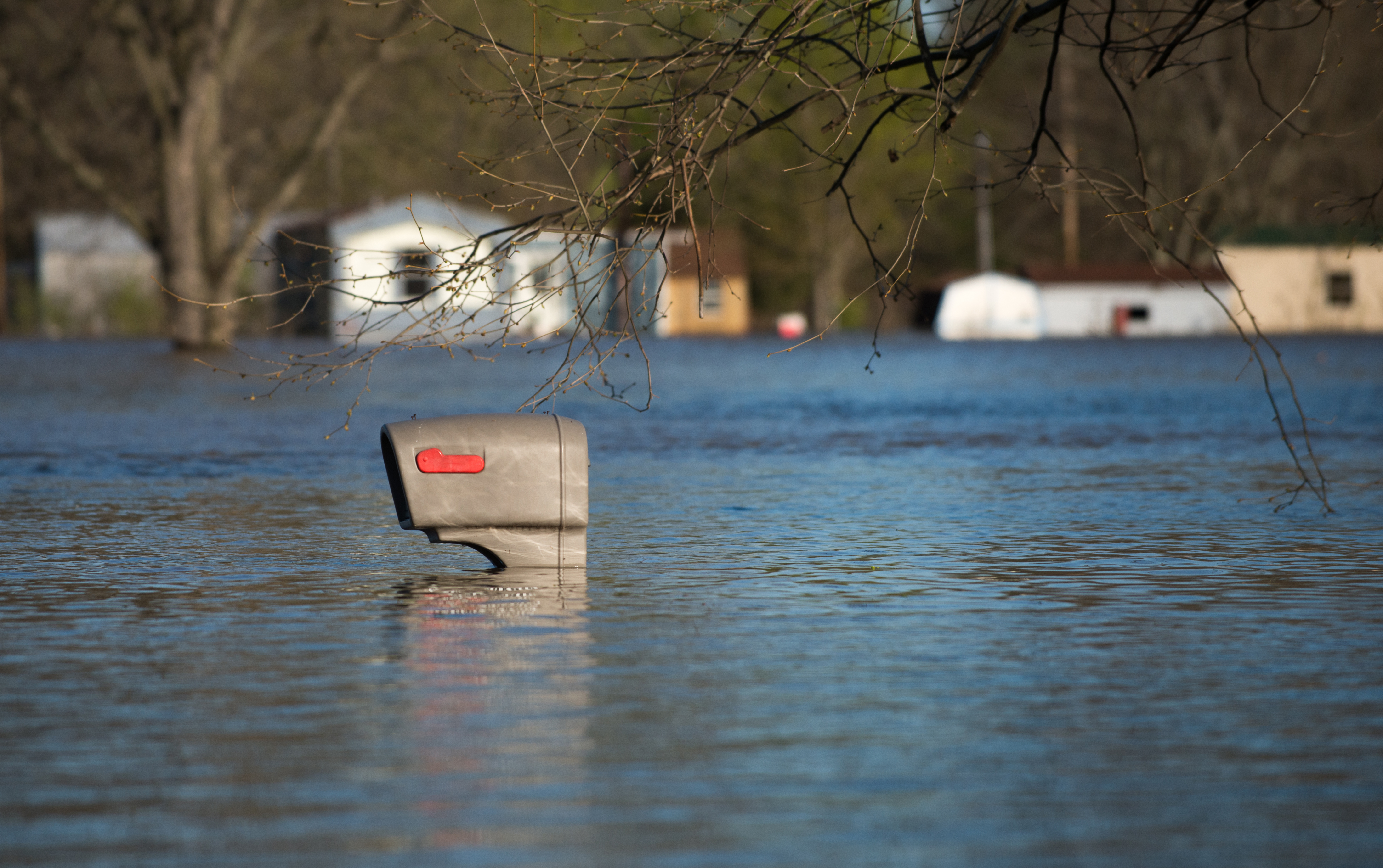By Joshua Saks
The National Flood Insurance Program may soon reach its breaking point if Congress does not adopt essential reforms before the program expires in September. By helping communities better prepare before disaster strikes, Congress can protect natural resources, save billions in taxpayer funds and rescue the program from financial ruin.
The NFIP, which provides flood coverage to more than 5.2 million property owners across the country, plays a central role in the nation’s flood control policy by identifying and mapping at-risk areas and encouraging floodplain management. But due to outdated flood maps and an enduring focus on disaster recovery rather than preparation, the program has put billions of dollars to poor use repeatedly rebuilding properties and incentivizing the destruction of natural habitats that protect Americans from flooding and provide essential ecosystem services like pollution reduction and wildlife habitat.
Federal flood policy has a long history of directing resources toward reconstruction, with little regard for the natural flooding cycles that put some properties repeatedly at risk. The NFIP has outdated flood maps that do not properly consider longer-term flood risks, which are critical to siting new development and determining proper elevation standards in high-risk areas.
Without detailed flood maps, premiums for NFIP coverage are not adequately tied to flood risk. As a result, the program has paid out $25 billion more in claims than it has collected. Much of that money was spent subsidizing construction in high-risk, environmentally sensitive areas, hampering the ability of wetlands and other natural barriers to retain runoff and hold back floodwaters.
SmarterSafer.org, a diverse coalition of taxpayer advocates, insurance industry leaders, housing and environmental groups, has called on Congress to reform the NFIP and mandate that the program develop more accurate maps identifying flood “hotspots” — communities that experience repeated flood losses. The Federal Emergency Management Agency should work with these communities to develop mitigation plans that employ natural flood controls where possible, rather than invest in structural flood controls. By investing in community-wide mitigation by protecting and restoring natural features, like wetlands and natural berms, we can reduce flood risk, lessen premium costs and better protect the environment.
The federal government may not have jurisdiction over land use policy, but it can direct federal resources only to those communities that create plans to protect themselves from future flooding. FEMA should require communities in flood hotspots to enroll in FEMA’s Community Rating System, a program that reduces NFIP premiums in exchange for direct action to mitigate flood risk.
Federal flood policies that merely react to disasters will only waste more taxpayer dollars, with little to show for the expense. Mitigation efforts, on the other hand, pay for themselves several times over. A study by the National Institute of Building Sciences found that every dollar of public funds spent on mitigation saves society four dollars in the long run. By investing in natural solutions that reap substantial savings, the NFIP can begin to pay down the over $25 billion it owes America’s taxpayers.
Congress has the opportunity to create a national flood policy that works with, rather than against, the natural ebbs and flows of the nation’s rivers and tides. This smarter, safer policy will require an investment in more accurate mapping and a commitment to more environmentally conscious flood mitigation. In the end, however, effective reform of the NFIP would save billions of dollars and better prepare the country for the floods to come.
Joshua Saks is the legislative director of the National Wildlife Federation and a member of the SmarterSafer coalition.

